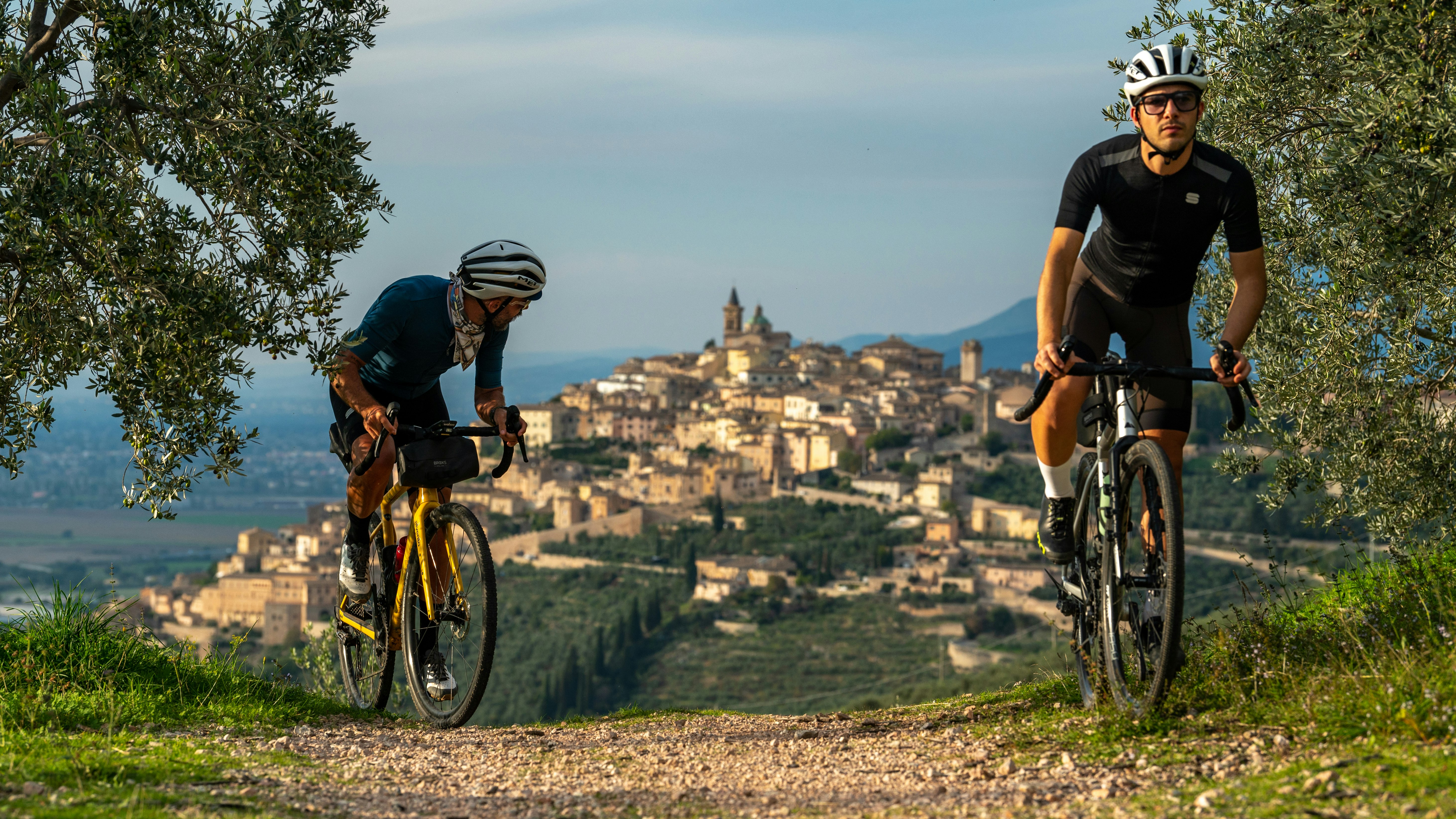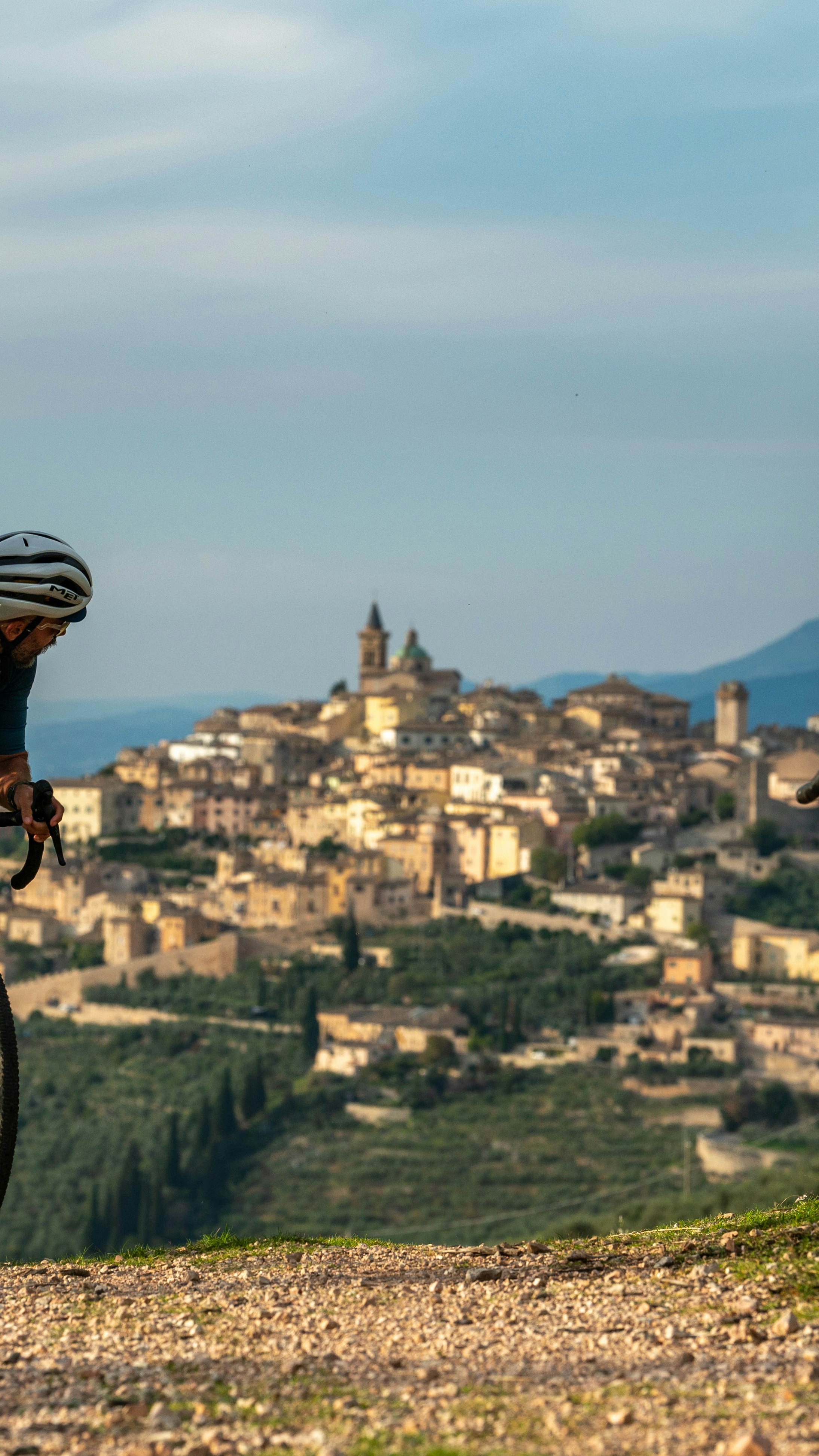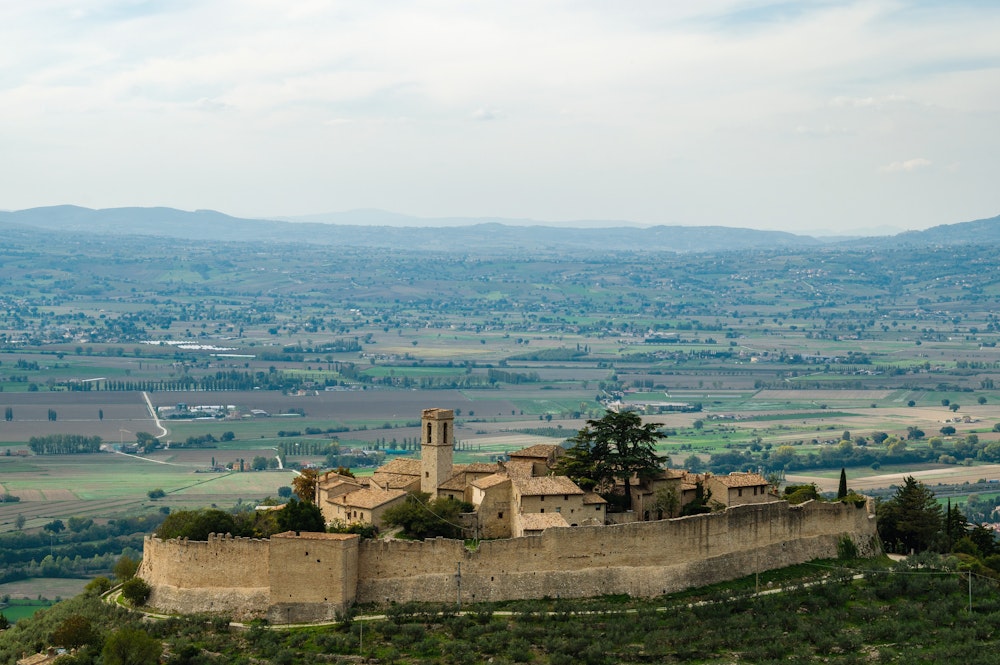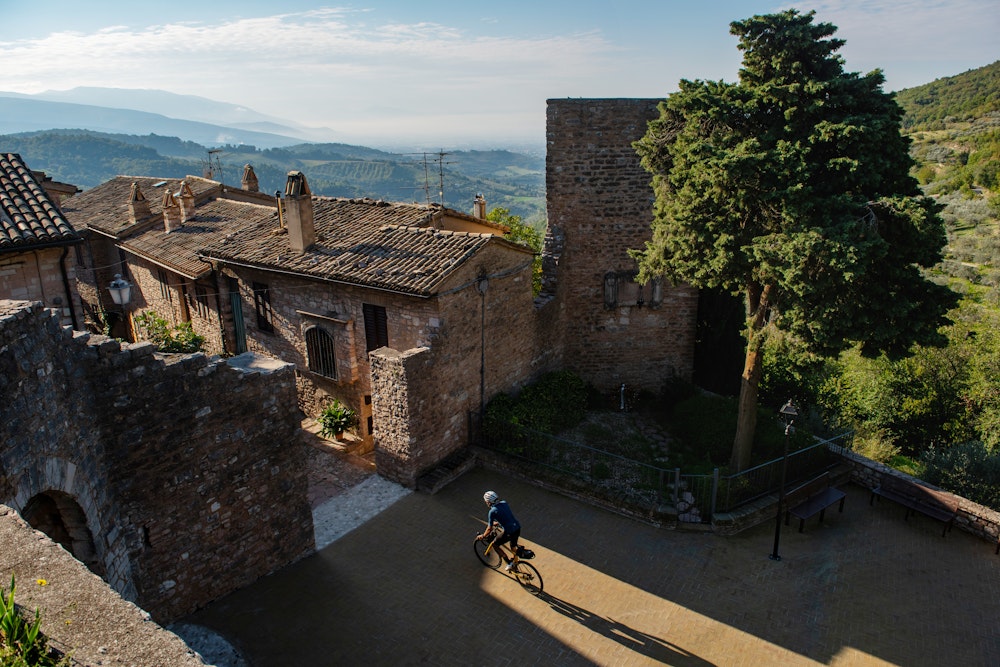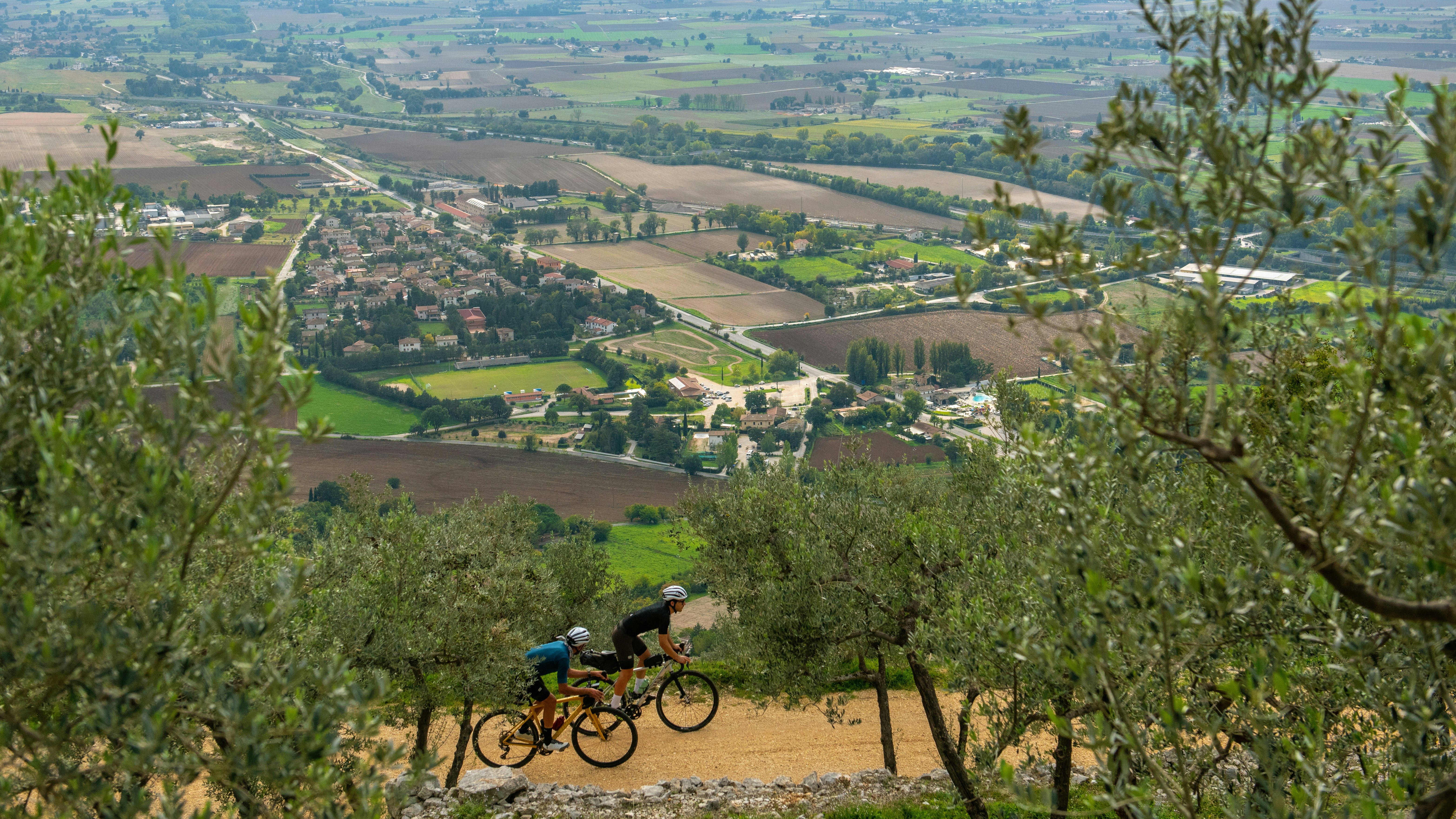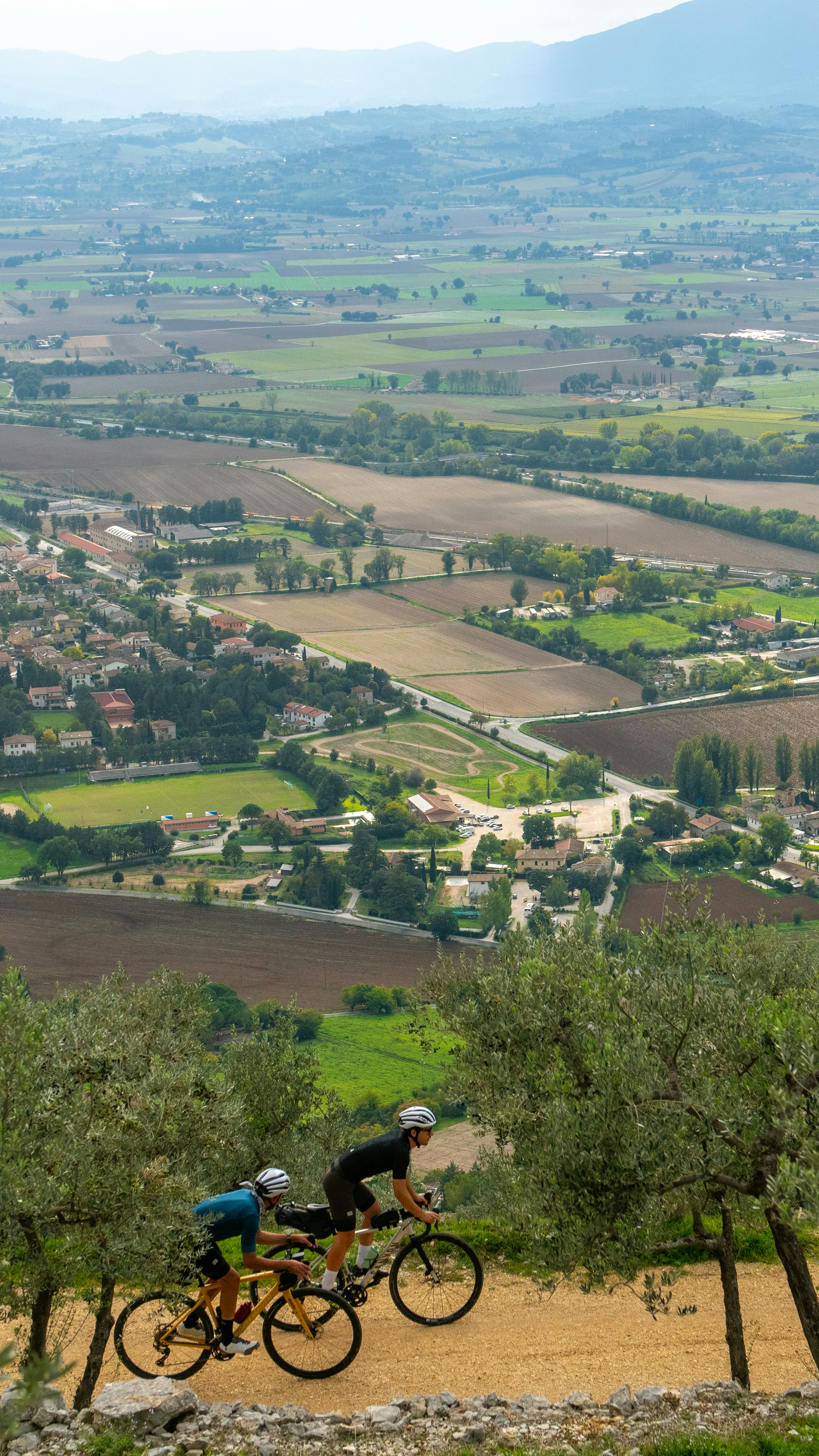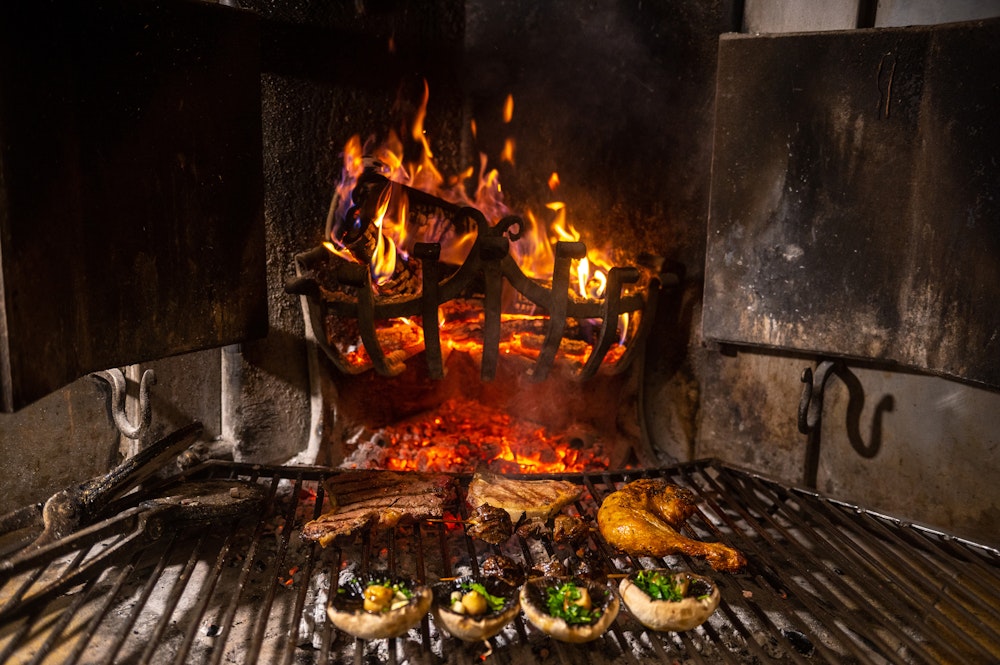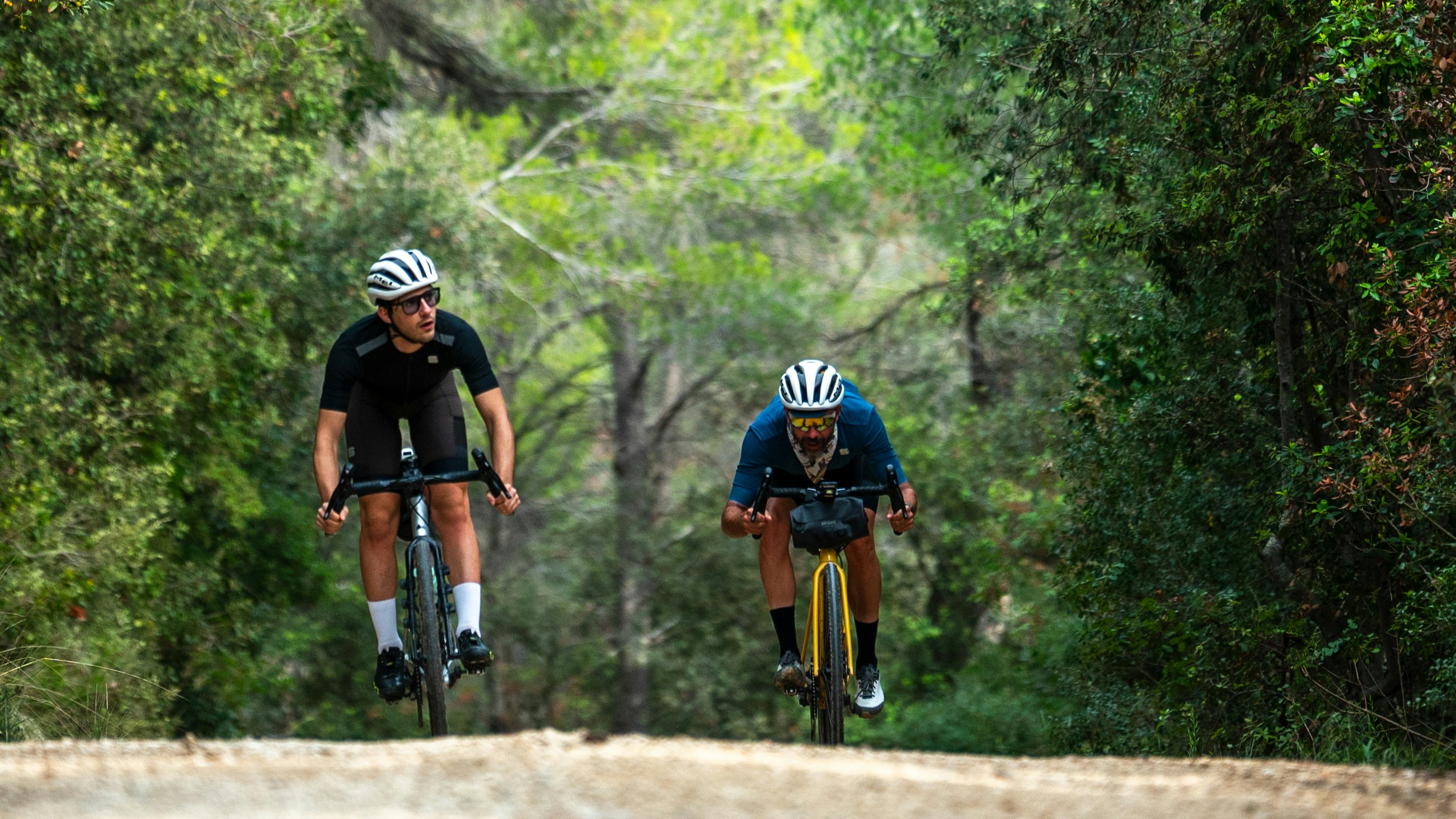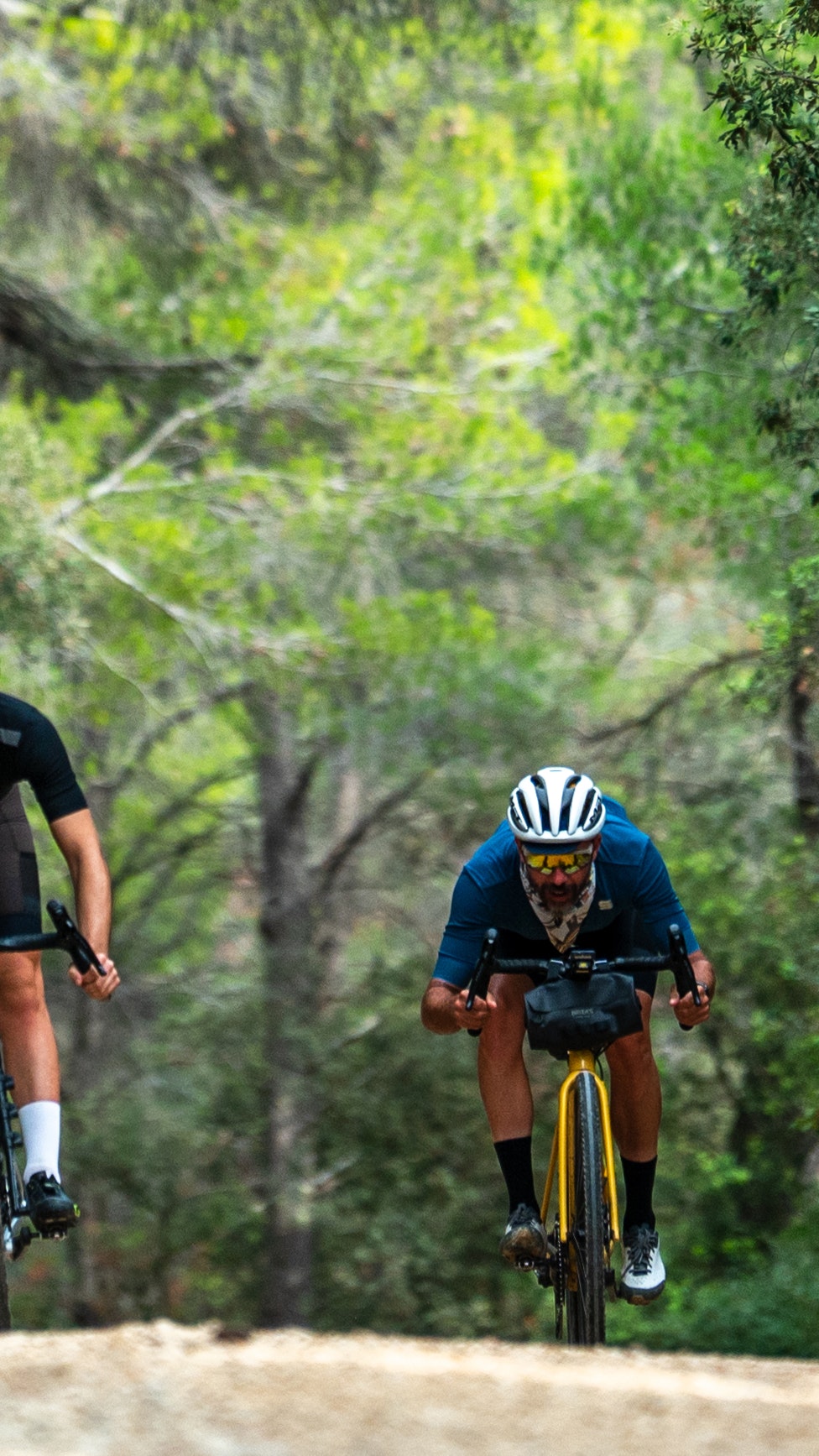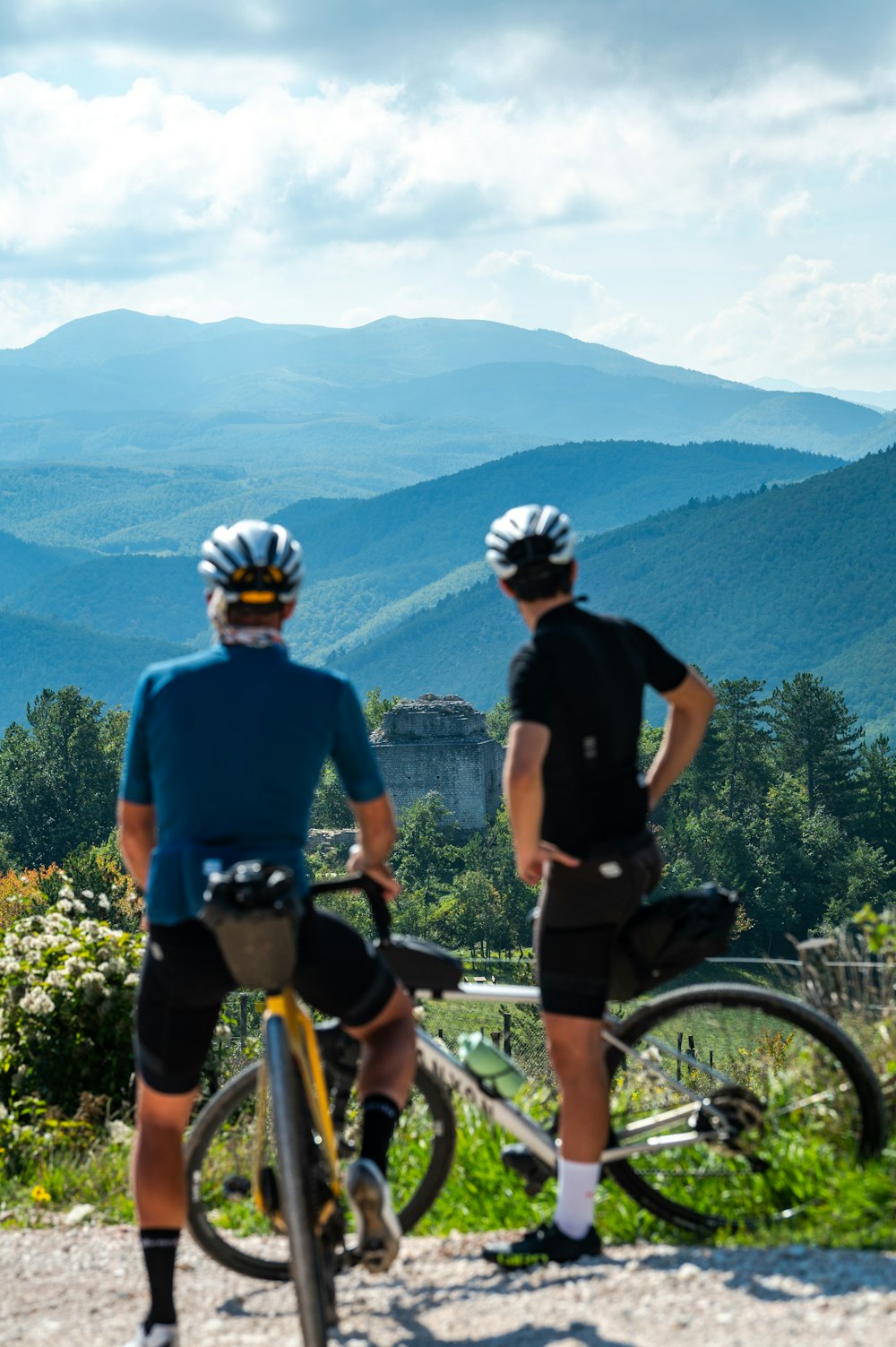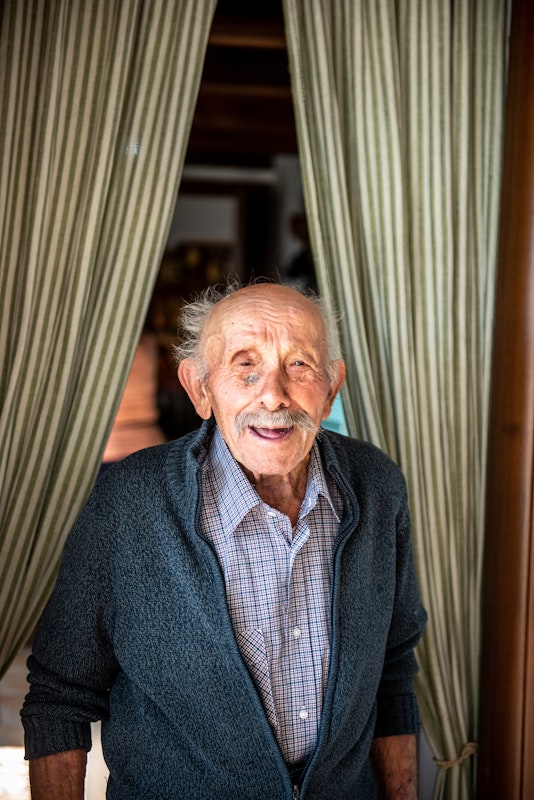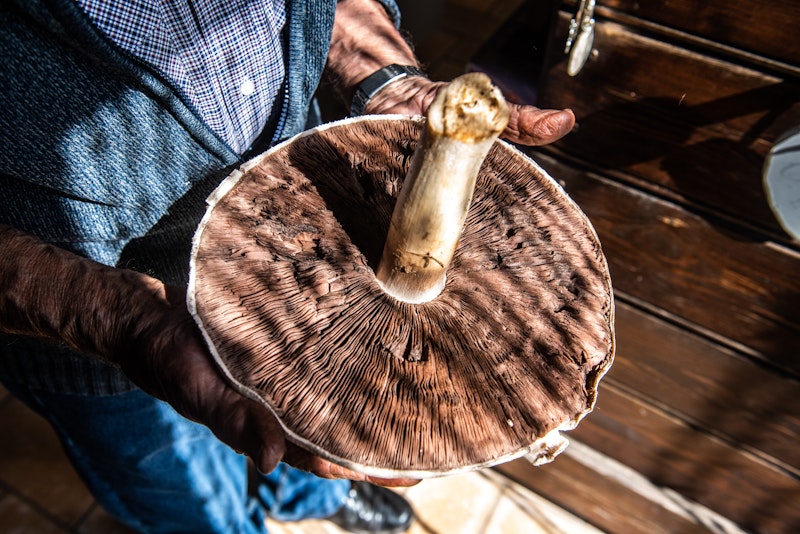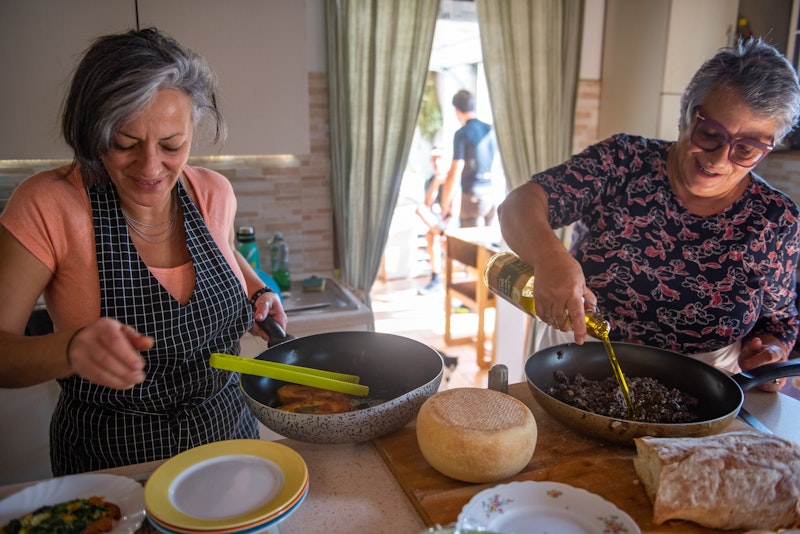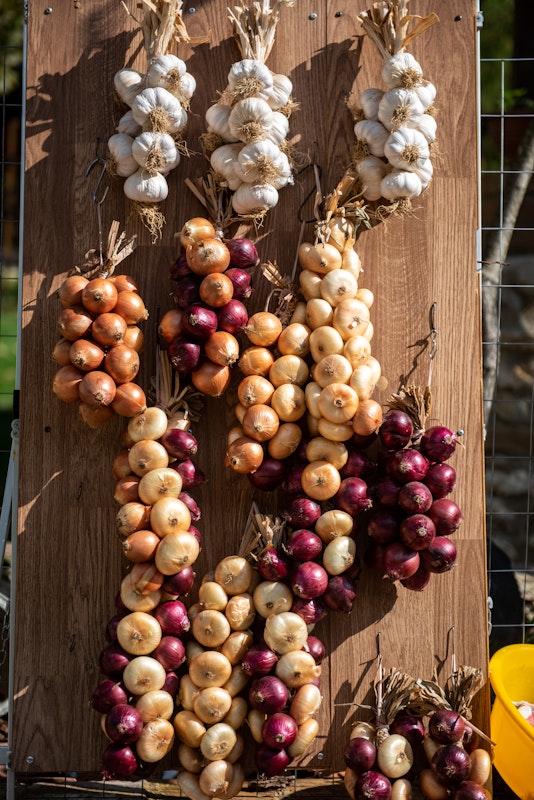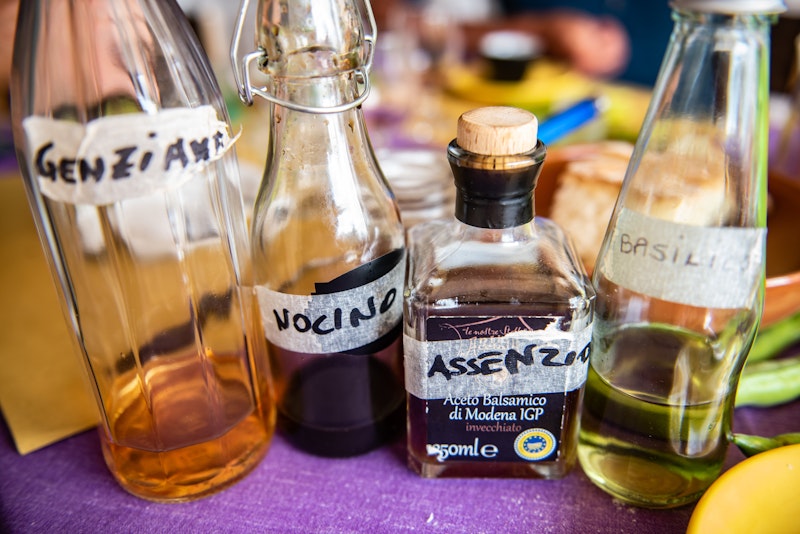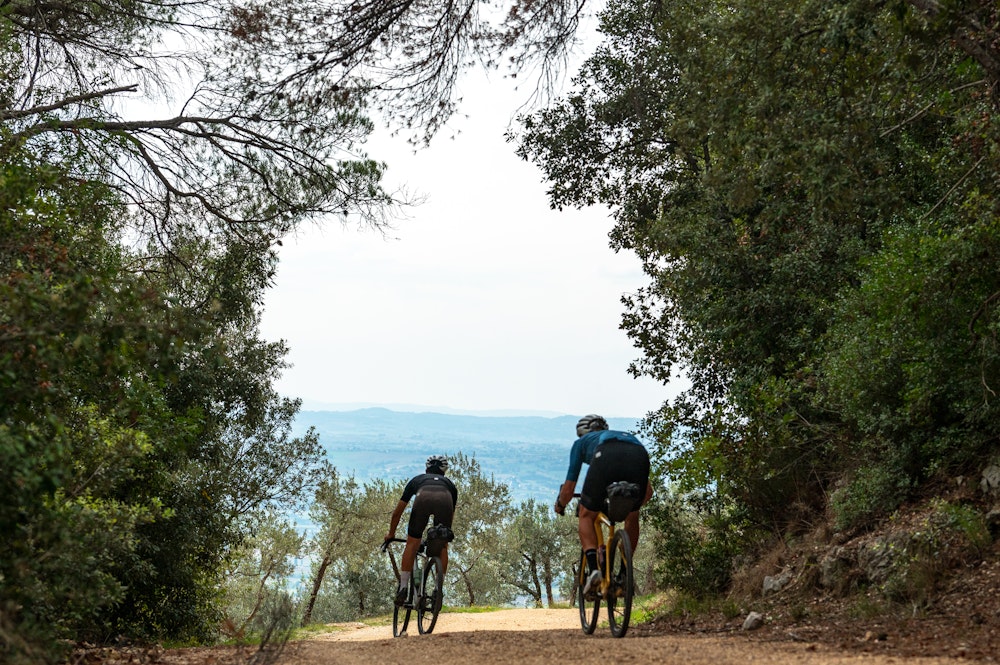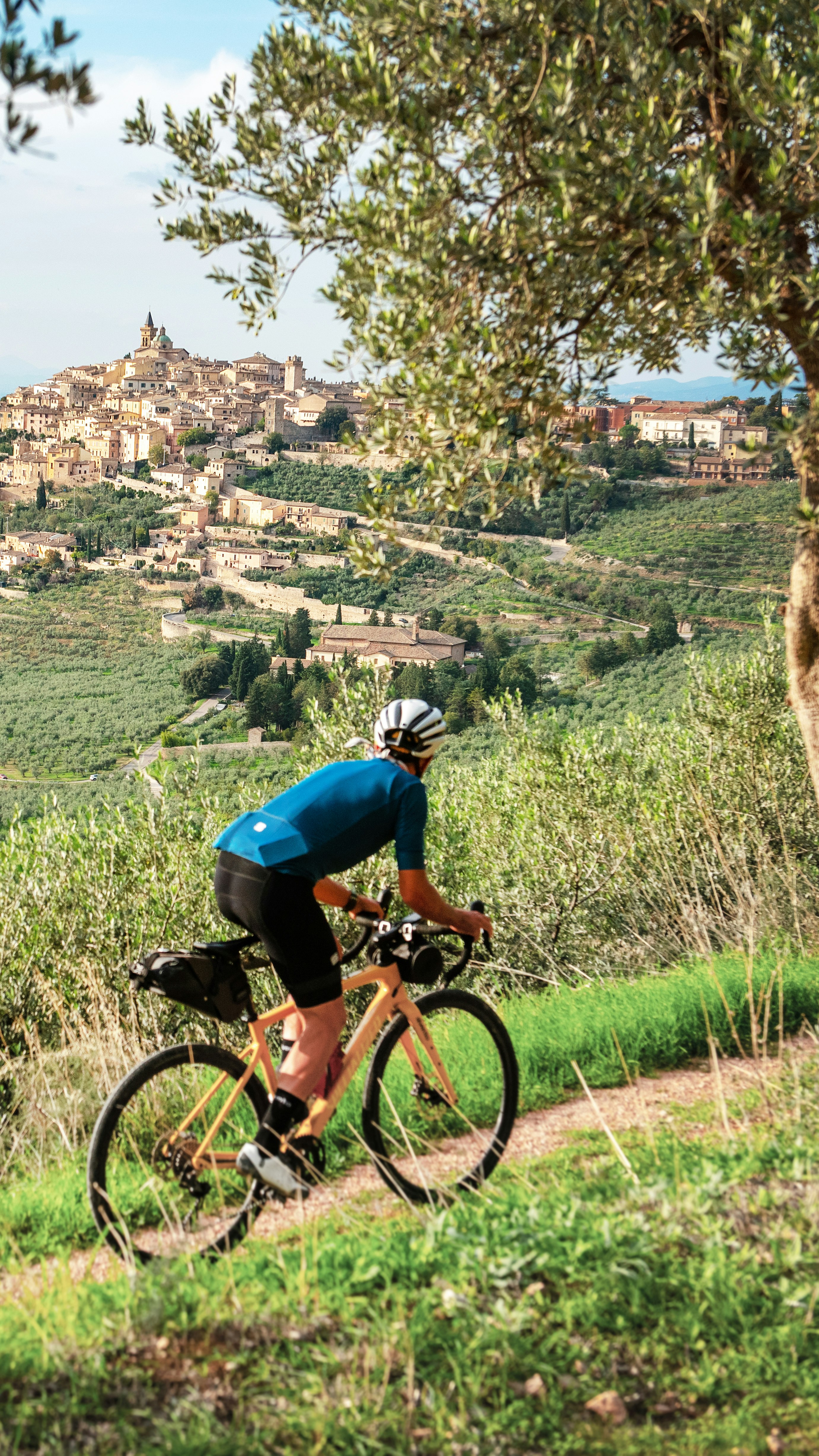
A question of the heart
The centre of Italy in the footsteps of Saint Francis.
Elevation difference
3627 m
Total Length
170 km
Duration
2/3 Days
C
A question of the heart
00
Intro
01
In the footsteps of the Trinci family
02
The Colfiorito Plateau
03
Mangia-e-bevi Apennines style
04
Clitunno, Trevi and back to Foligno
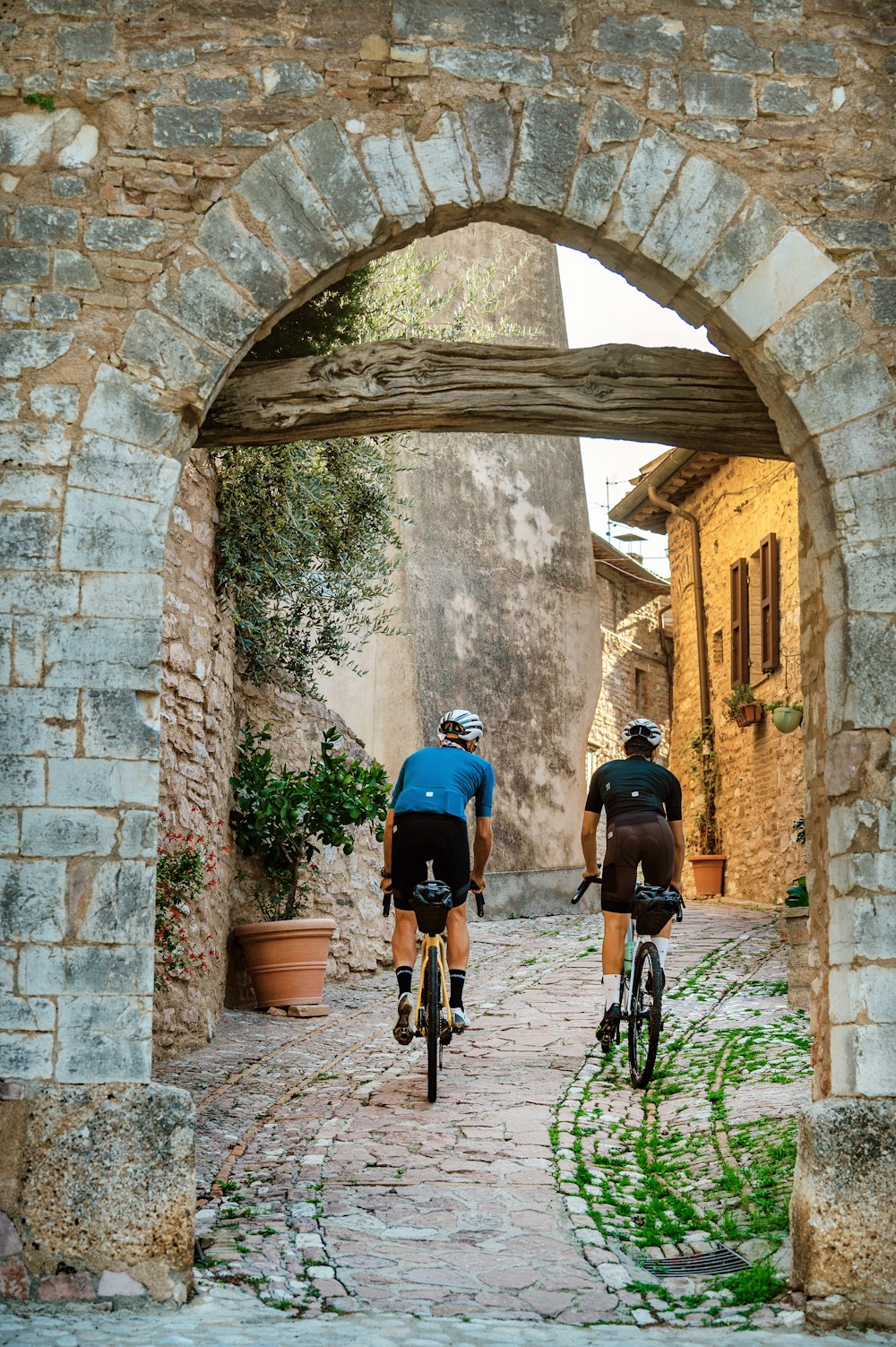
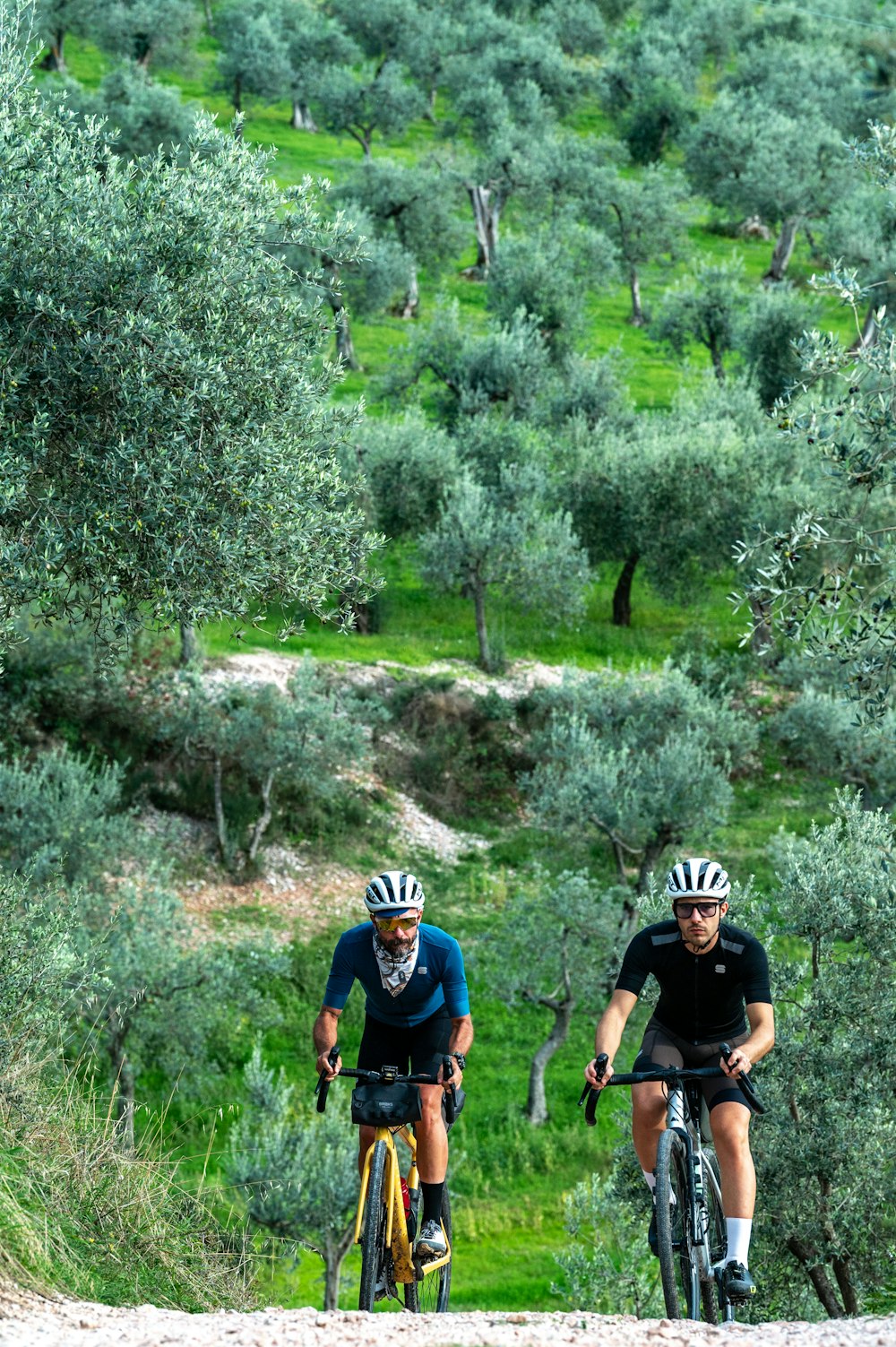
Let’s be clear, you don’t necessarily need an athlete’s heart, the kind that beats less than forty times a minute at rest, as the great champions’ did. It is enough to have a good one and to take care of it. Constantly training it for fatigue and emotion, just as we cyclists do. But here, I see that I am in danger of lapsing into the sentimental. It is difficult to remain indifferent to the wonders we are about to encounter.
Italy has a beating heart of beauty too, and these days we have come to ride in it. Umbria, the innermost hinterland of the peninsula — valleys and mountains, fortresses and bell towers, villages and monasteries immersed in the only sea that can be seen from these parts. Iridescent green water, the silver of the olive trees, the soft texture of the vines and the dark tones of the woodland.
Umbria, Foligno. The centre of everything. Lu centru de lu munnu, as they say in these parts. They say it with pride, but also with irony. Until not so many years ago, there was a historic café in the centre of Foligno, the Sassovivo, where it was said that the umbilicus urbis was placed exactly at the location of the skittle in the centre of its billiard table. Today, unfortunately, the café has been decommissioned, and in its place there is the shop of a cosmetics chain (perhaps a sign of the times).
Three days of full immersion await us. We will tackle a 170 kilometre route — with an elevation gain of almost 4,000 metres — that takes us through the natural, human and historical variety of the Umbrian landscape. From the rolling hills of the Umbrian valley to the slopes of Subasio, and then through the Menotra valley rich in water, to the Plestini and Colfiorito plateaus. And from here, we will ride along mostly off-road routes and on ridges, passing through villages with fantastic views of the peaks of the Umbrian-Marchigiani Apennines, before we return — from Campello sul Clitunno and Trevi — to the olive belt of the Umbra Valley.
The starting point is Piazza della Repubblica in Foligno, in the shadow of the magniloquent Palazzo Trinci — a symbol of the economic power of the merchant-lord family that dominated this region from the early 14th century until 1439.
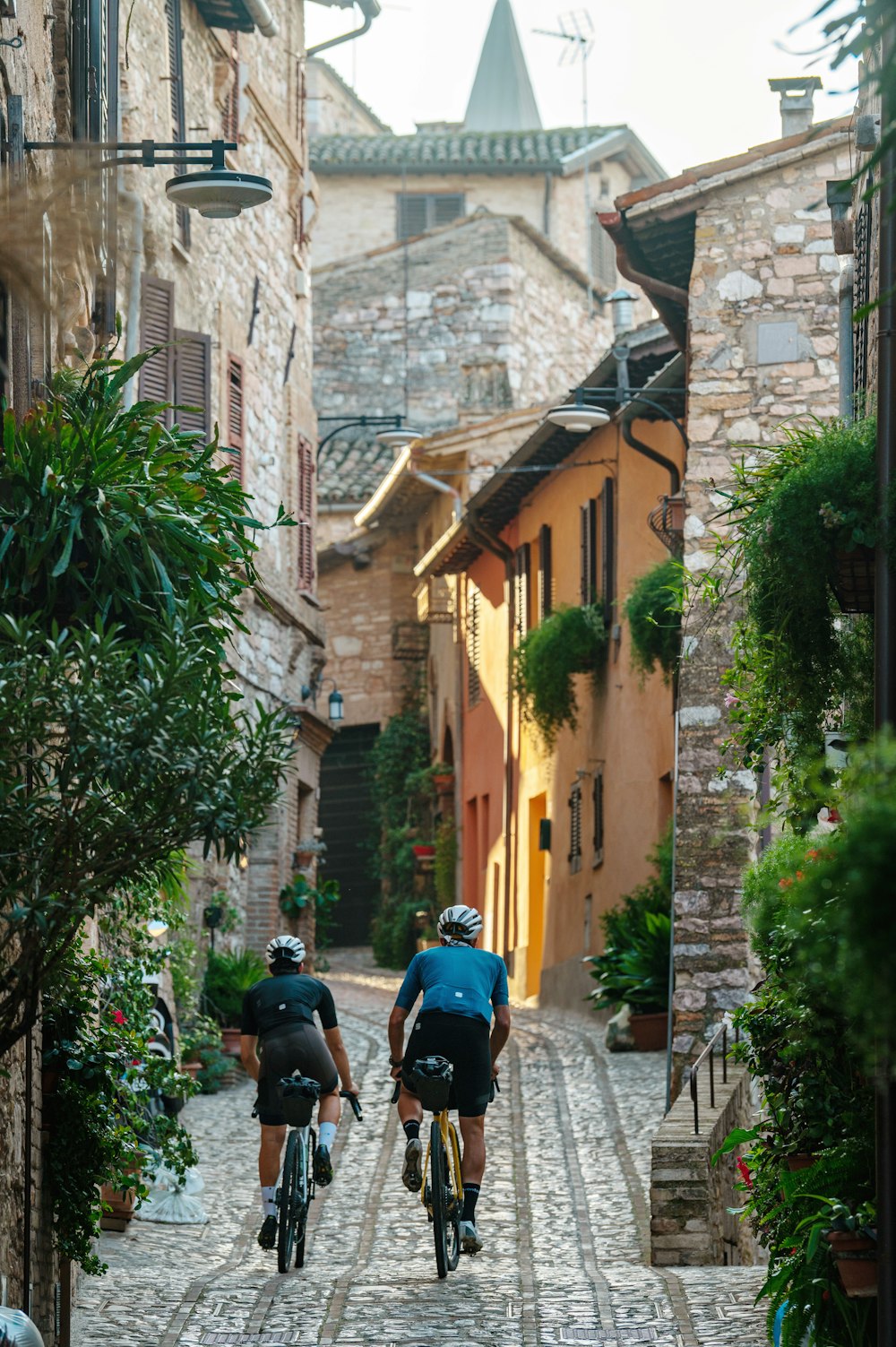
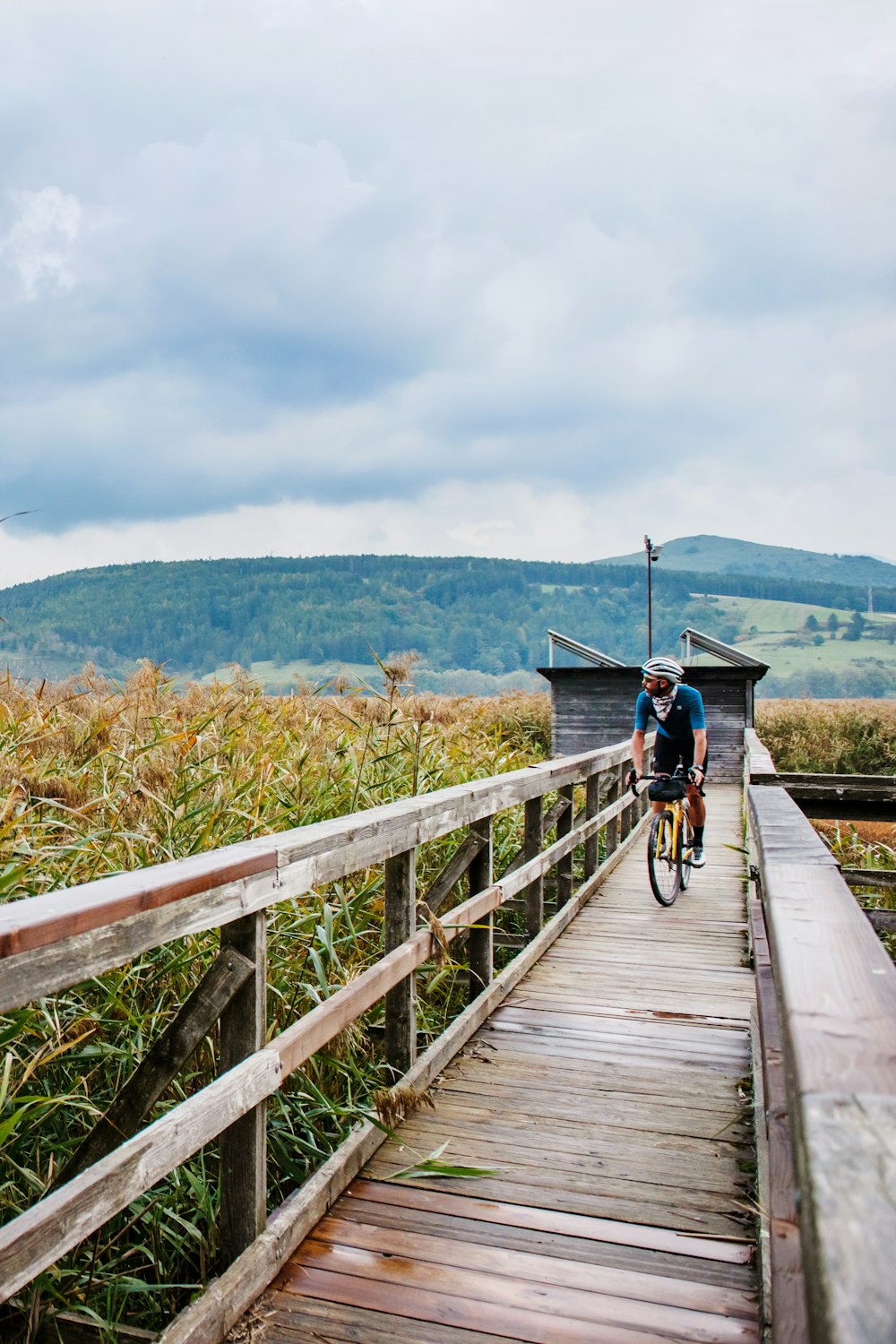
We leave the square along Via Gramsci and pass in front of the Ladri di Biciclette (Bicycle Thieves) tavern, an address that will be useful to memorise for dinner at the end of our tour. We then follow the well-preserved mediaeval walls for a stretch, while to our left flows the Topino, the river that surrounds the town. We cross it on the Viale Quattro Novembre bridge, and then keeping the watercourse to our right, we begin to taste the first stretch of dirt road, the kind that will accompany us for much of our journey.
Beyond the Parco Fluviale Hoffmann and Parco delle Fornacette, we leave the suburbs and after the SS75 Centrale Umbra subway we are already at the lower slopes of the hills. We can already see the silhouette of Spello at a distance, the first historic village that sits as if suspended halfway up the hill. We reach it almost from behind, climbing gradually among the olive trees. We get acquainted with the landscape of the “olive belt”, a silvery-green ribbon of foothills that runs for 40 kilometres between Spoleto and Assisi.
Spello is guarded by a double circle of walls, mediaeval and Roman — the Mura Augustee — that seem to have proudly protected it from time and history. We pass triumphantly, since we have warmed up our legs, under the monumental Porta Venere, made of white travertine and flanked by two mighty towers, named Torri di Properzio after the first-century Latin poet who was born in Spello (although some claim he was from Assisi). We cross the centre, and at a brisk pace tackle slopes that were not really designed for cycling. But the prestigious setting amongst majestic art and architecture encourages us to make a good impression too. We take Via Subasio and begin to climb.
It couldn’t be any other way: Subasio is the name of — arguably — Umbria’s most iconic mountain, on whose western slopes rise Spello and Assisi, dividing the open Umbrian valley from the more secluded Apennine valleys of the interior. Seen from afar, its long, rounded profile resembles the great rump of a mastodon amidst the expanses of holm oaks and beeches. We too head towards the dense forest, leaving the olive trees behind us.
The asphalt road climbs five kilometres with a steady gradient to Collepino, our next destination. Collepino is a handful of stone houses, with a café and a restaurant, perched at 600 metres around a castle built to guard the valley of the Chiona river. Time for a coffee and off we go again, gliding towards the valley floor and then beginning to ascend again on a surface that alternates between tarmac and dirt. At Colle San Giovanni we cross the Via Flaminia, and at Scanzano, the railway. From Vescia, the climb begins again on asphalt until Belfiore.
We are entering the valley of the Menotre, a tributary of the Topino. We follow its course, standing high on the hillside, with a few detours into remote villages. Near Pale, for example, the Menotre flows into a gorge, forming waterfalls. The water resources of these areas were exploited for a long time, first in the Roman era, when an aqueduct was built, and then in the Middle Ages, with the installation of mills and factories for textile and paper manufacturing.
We get back on the road from Ponte Santa Lucia to Scopoli, where the track runs alongside the Menotre. Then we begin to climb once more, with a fairly demanding off-road section near the village of Barri.
We are about to enter a new scenario, both in terms of landscape and environment, that of the Altopiano di Colfiorito. This is a system of highlands in the middle of the Umbria-Marche Apennines, with a characteristic karst formation. Today, the Parco Regionale di Colfiorito is a protected area, preserving its important environmental value as a wetland. Here, what once appeared as large green basins are now called “plateaus” — of Ricciano, Arvello, Annifo, Colle Croce and Colfiorito itself — marshy expanses drained as a result of karstification and man’s land reclamation from the Roman era to the Renaissance. The human presence in this area has ancient origins, which are first identified with the archaic, agro-pastoral civilisations of the Iron Age, as evidenced by the presence of prehistoric castellieri, elevated places on which the present-day villages of Annifo, Lignano and Popola were later built.
From the 2nd century B.C. the Romans founded a municipium, Plestia, to guard the communication routes to the Adriatic, and in the 10th century A.D. the great early Christian basilica of Saint Mary of Pistia was built.
We do not have much time to linger and appreciate these myriad historical memories, some still clearly visible — such as the basilica — and others only discernible from the shapes of the landscape.
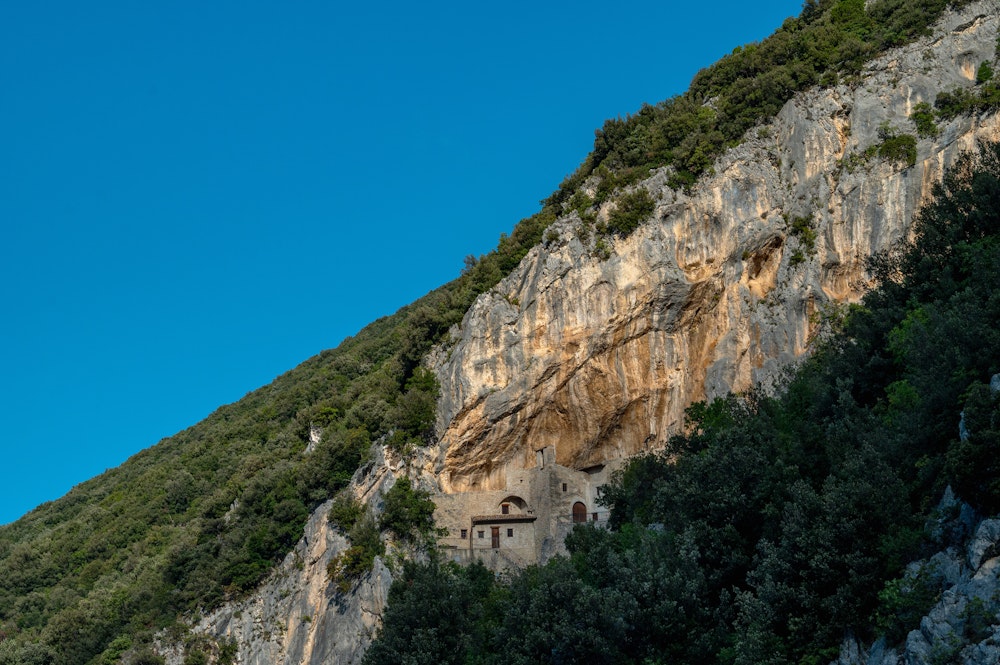
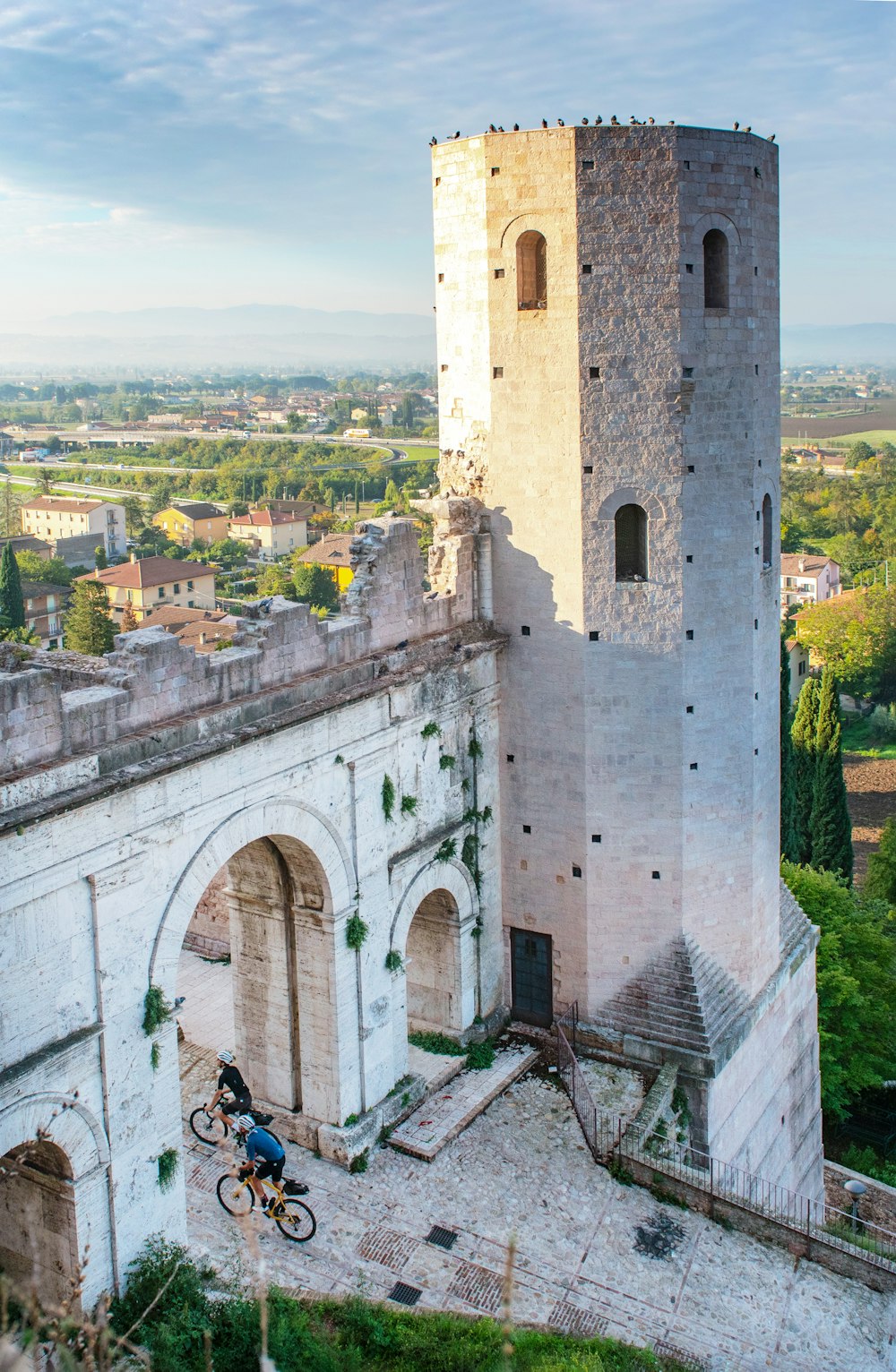
This too, getting back to talking about heart and emotions, is a great satisfaction.
We chain together a series of crossings of the plains. In the Ricciano plains we are forced to push for a short distance since the ground is too uneven, but the descent on the Colle Croce plains, in view of the majestic profile of Monte Pennino, is beautiful. The gravel section that takes us close to the Colfiorito marshland is spectacular, amidst footbridges and lookout points for the avifauna that benefit from the unique environmental features of the wetland.
We resume the next day with about 20 kilometres of ups and downs on dirt road, with some challenging uphill stretches, albeit never much longer than a kilometre. In fact, we stay mainly on the ridge, with panoramic openings onto the profiles of the Umbria-Marche Apennines. Before reaching Verchiano there is a stretch of single track on a compact surface. In Verchiano, when in front of the monumental fountain in the lower part of the village — restored after the damage of the 1997 earthquake — pay attention to the coat of arms carved in bas-relief: a pig and above it a hand holding a blade. The four towers of the Verchiano castle, a sign of the presence of the Trinci family, once a mighty fortress that remains well-preserved. From this point the valley opens onto a vast horizon, upon which one of our next destinations can be glimpsed in the distance — the village of Cammoro. We descend for three kilometres on an asphalt road towards Rasiglia, a small village crossed by the canal waters of the Menotre, with reservoirs and small waterfalls that were once used by mills as motive power. Other remains of a Trinci castle are visible in Rasiglia.
From here on, some 20 challenging kilometres await us, almost all of which are unpaved with a climb to Acqua Santo Stefano and then a diversion to Vallupo, where we are forced to descend and push for a short distance. The descent into the woods towards Orsano is wonderful. Finally, we set off to conquer another hilltop hamlet, Cammoro. To get there you have to struggle up a small berg of only 800 metres in length, but with gradients of up to 18%. At Cammoro, or at Pettino ten kilometres later — seven of which are on a fairly demanding dirt road — it is advisable to plan a second overnight stay. In particular, at Cammoro, we recommend stopping to eat at Adelmo & Rina’s home restaurant. In particular, at Cammoro, we recommend stopping to eat at Adelmo & Rina’s home restaurant.
We are in the final rush. There are some 40 kilometres to go before arriving in Foligno. We leave the Menotre valley behind us and depart, staying on the coast along the valley of Pettino until we face a ten kilometre tarmac nosedive. The wide range of the Umbrian valley, from Spoleto to Montefalco, reappears.
We descend again through the olive groves, first coming within sight of the walled village of Campello and then gliding towards a magical place: the Clitunno springs, an idyllic stretch of water with grassy banks, over which the soft foliage of willows fall.
They seem to have been created on purpose to end up in a poem, the kind you learn at school. In fact, this place has been written about by poets of all ages, from Propertius to Virgil, up to Carducci and George Byron. The English poet, on one of his Italian journeys, took lodgings at an inn in Pissignano and wrote in his diary: “By its banks I had some of the famous trout of the Clitunno, the most graceful little river in all poetry”. No one knows how they were cooked though.
We, much less frisky than a trout, return to the road. Among the cover of the olive trees we manage to spot Trevi, a spiral of palaces and bell towers. This too is to be conquered by the spirit of our legs, and the effort — the last one — is well rewarded. In Piazza Mazzini, we rest our bikes under the large portico of the Palazzo Comunale and enjoy the beauty of our fatigue. Foligno awaits us, and we ride the remaining fifteen kilometres at full throttle.
Our route comes to an end at Piazza della Repubblica. On the side façade of the Cathedral of San Feliciano, two bronze arms emerge from the pink stone, stretching a drape. This monument is here to remind us that on this square in 1205, a young man arrived from Assisi. He was the son of a wealthy merchant, Pietro di Bernardone, and that day he decided to sell his father’s clothes, along with his horse, and donate the proceeds to restore the dilapidated church of San Damiano. It was the first act of Francis’ “holiness”.
We are, and always will be, far from such holiness. But I am convinced of this: if the bicycle had been invented in the time of Francis of Assisi, eight centuries ago, the saint would surely have chosen it as his travelling companion, and the famous “horse of St Francis” would be a simple pedal-powered machine.
So, in homage to this naive but heartfelt conviction — you see, the heart keeps coming back — we take courage and finally observe our humble praise of thanksgiving:
«Be praised, my Lord, through our sister bicycle / who accompanies us around the world and makes us all friends».
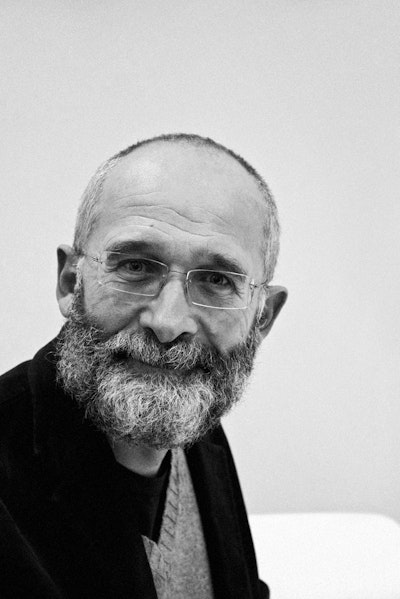
Texts
Gino Cervi
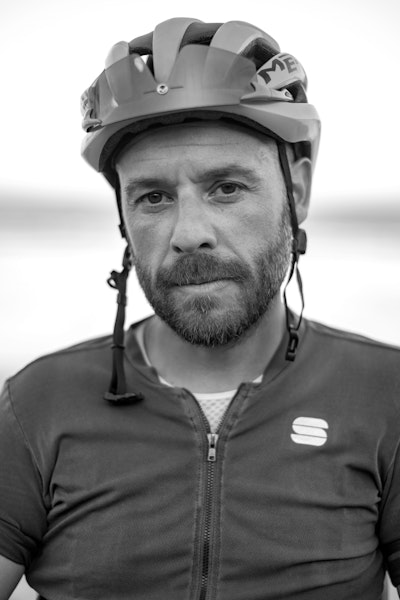
Photos
Paolo Penni Martelli
Cycled with us
Luca Draoli, Stefano Francescutti
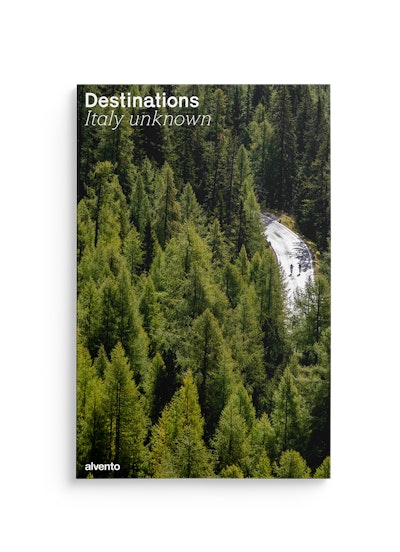
This tour can be found in the super-magazine Destinations - Italy unknown / 1, the special issue of alvento dedicated to bikepacking. 13 little-trodden destinations or reinterpretations of famous cycling destinations.

